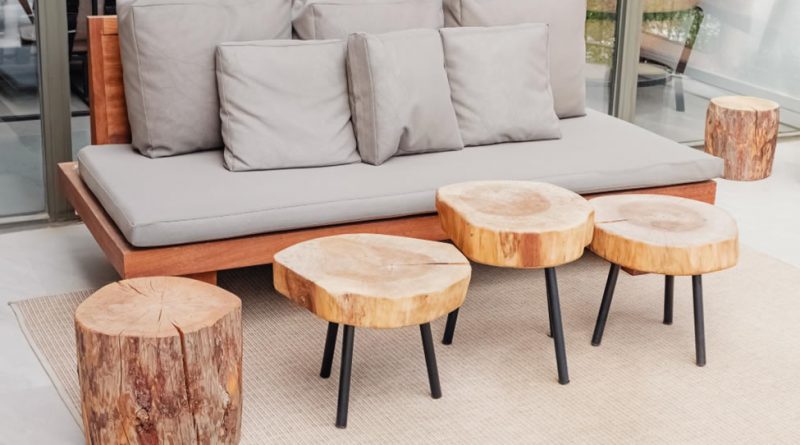Prepping Indoor Furniture for Outdoor Use: A Quick Guide On Weatherproofing
Prepping Indoor Furniture for Outdoor Use: A Quick Guide On Weatherproofing
Are you considering taking your favorite indoor furniture outside for a change of scenery? Maximizing your living space and creating a cozy outdoor lounge area is excellent. However, before moving your furniture, you should consider a few things to ensure it withstands the weather elements.
Weatherproofing protects your furniture from moisture, sun, wind, and other outdoor elements. Here are some tips to help you weatherproof your indoor furniture for outdoor use.
Before You Start: Clean Your Furniture
Before you start weatherproofing, make sure to clean your furniture thoroughly. Dust and debris can build up on your furniture and can cause mold and mildew growth when left outdoors. Use a soft brush and mild soap to clean your furniture, then rinse it off with a garden hose and let it dry completely.
Option One: Apply a Protective Coat
Apply a protective coat to your indoor furniture for outdoor use. A varnish or sealant can help protect your furniture from the sun, rain, and humidity. You can use several types of protective coatings, depending on the type of furniture and level of protection.
Here are some options:
- Varnish: A varnish is a clear, hard coating that provides high protection against the elements. It’s a good option for wooden furniture as it helps to prevent moisture from seeping into the wood and causing rot or warping. It also provides UV protection to prevent fading or discoloration caused by sun exposure.
- Polyurethane: Polyurethane is a clear, durable coating suitable for wooden furniture use. It’s resistant to water, stains, and scratches, making it a good option for outdoor furniture exposed to the elements.
- Sealant: A clear or tinted coating provides a waterproof barrier to protect furniture from moisture. Different types of sealants are available, including silicone, acrylic, and epoxy. They are suitable for use on various materials, including wood, metal, and plastic.
Option Two: Try a DIY Weatherproofing Option
If you want a more cost-effective option, try a waterproofing spray. These are an easy and affordable way to weatherproof fabric cushions or pillows. They provide a barrier against moisture, preventing mold and mildew growth.
Additionally, applying a wax coating to wooden furniture can help protect it from moisture and UV rays. However, wax doesn’t provide as much protection as other coatings and may need to be reapplied frequently.
Watch Your Furniture
Regardless of the type of protective coating you choose, make sure to follow the manufacturer’s instructions carefully and apply it evenly. Remember, even after weatherproofing, indoor furniture isn’t as resilient to weather elements as outdoor furniture. Regular maintenance, such as cleaning and reapplying the protective coating, can help prolong the lifespan of your furniture and keep it looking great for years to come.
– Written by Geraldine Orentas

